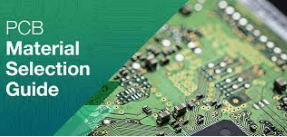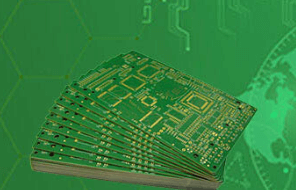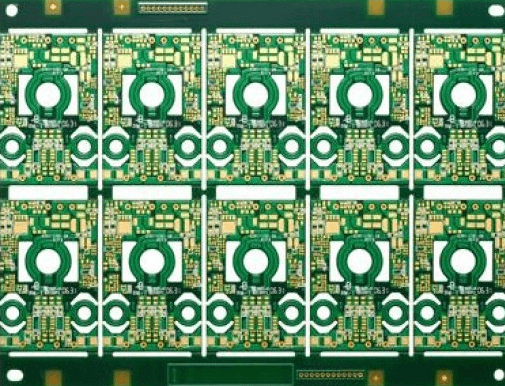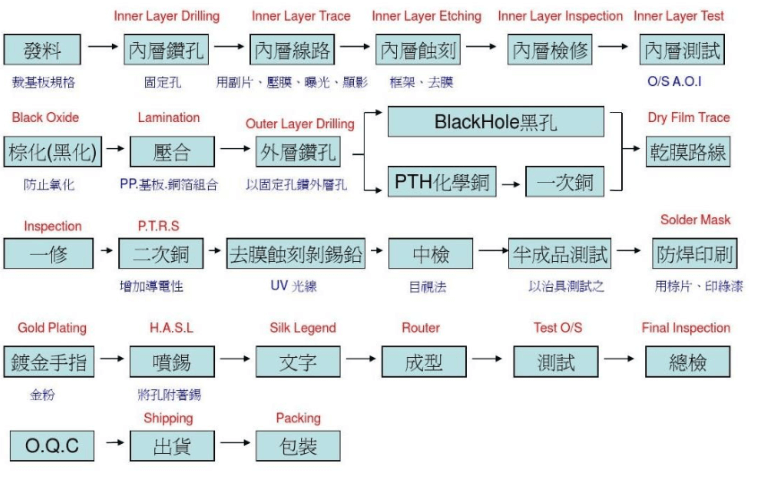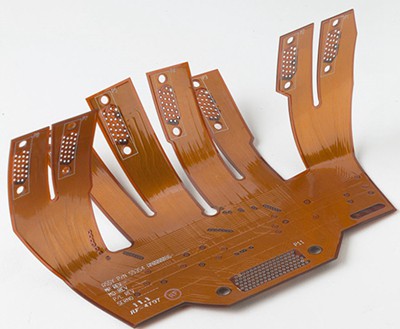5 pcb material composition
the composition of PCB materials involves five major elements: substrate, copper foil, dielectric layer, pads and vias, and protective layer. The selection and combination of each element requires comprehensive consideration of electrical performance, mechanical strength, thermal stability, and cost-effectiveness to meet the needs of different application scenarios. By having a deep understanding of these elements, engineers can better design and manufacture high-performance, high-reliability PCBs, providing a solid foundation for the development of modern electronic devices.

